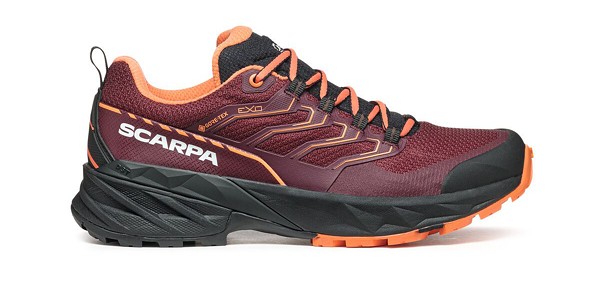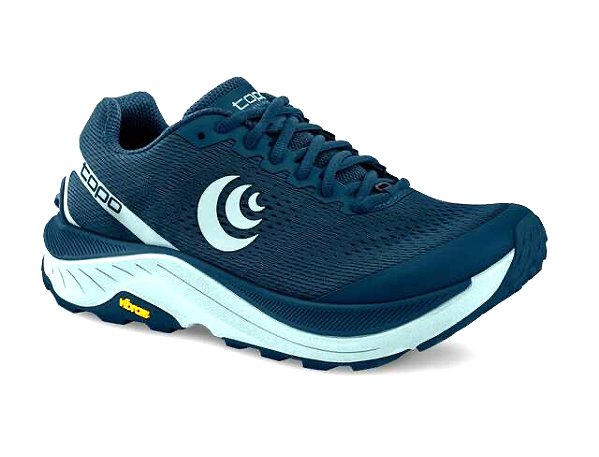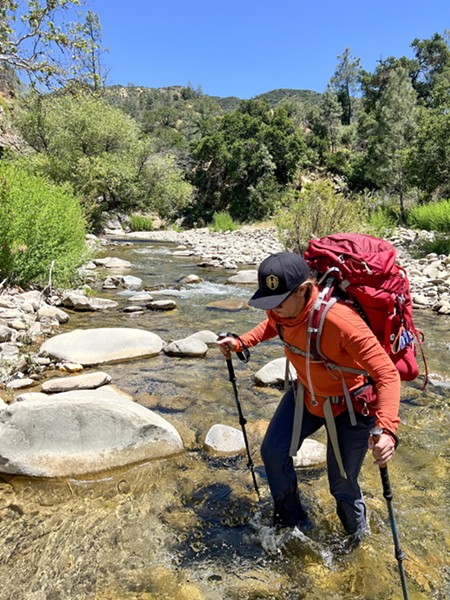Before this year, I’d never completed a long hike plagued by multiple water crossings—the kind of water crossings that never end, that plunge you in up to your shin, knees, or even upper thighs over and over again for miles. Since May, I’ve hiked almost almost 30 miles of crisscross water-sauce. Turns out, they don’t make hiking boots that are waterproof above the ankles and “hiking” water shoes don’t really protect your ankles. Hiking sandals are great, but not for long distances.
You can always change shoes at every crossing, but with dozens of them, that gets pretty old. So, the big question is: What do you wear?
I can tell you what not to wear based on personal experience. I walked about 9 of those 30 miles in water shoes I purchased off Amazon. That day, we hiked from the Havasupai Campground to Beaver Falls and back on day two of a backpacking trip on the Havasupai Indian Reservation. The shoes were great in the water, with lots of grip and dried quickly. But I rolled my ankle while walking on the trail—the exact reason I decided not to hike in my Chacos (well, that and the blisters I’ve gotten multiple times hiking in them). If the hike had been on anything but a soft trail, my feet would have died as the soles were super thin.

- PHOTO COURTESY OF US.SCARPA.COM
One of my friends who joined me on that trip opted for trail-runners. Her Topo Athletic Ultraventures ($150, topoathletic.com) killed it. They were light, stable, and dried quickly, while offering good support. This particular friend is bit of a boot hound. As a former wildland firefighter and current ultrarunner and avid hiker, she has dozens—each with a purpose. She also recommended Scarpas for water hiking, The Rush model ($199, us.scarpa.com) claims the support of a hiking boot with the feel of a running shoe.
So, when getting ready for my trip to the Manzana Schoolhouse in Los Padres National Forest, I went back and forth about what to wear. But I knew for certain that my ankles need support. Finally, I just decided to hike in my boots, Lowa Renegades—which I love so much I have two pairs. I took my old pair, which were well worn so I wasn’t worried about blisters. They were amazing, for the first 3 or 4 miles each way. For the remaining 5 to 6 miles of both days, it was like hiking with cement attached to my feet. The biggest issue was that my completely waterproof boots kept water inside of them and didn’t dry out even a little bit. I should have bought the Ultraventures!

- PHOTO COURTESY OF TOPO.COM
My boyfriend also wore full hiking boots, but the Salomon UltraX ($160, salomon.com) boots he was wearing didn’t have the same issue as mine. They dried more quickly and didn’t retain the water inside the boot.
Turns out the key for a more comfortable hike with around 25 water crossings are shoes that breathe, dry quickly, provide support, and let the water out. Don’t be afraid to get your shoes wet. It’s a ton of fun.



Comments